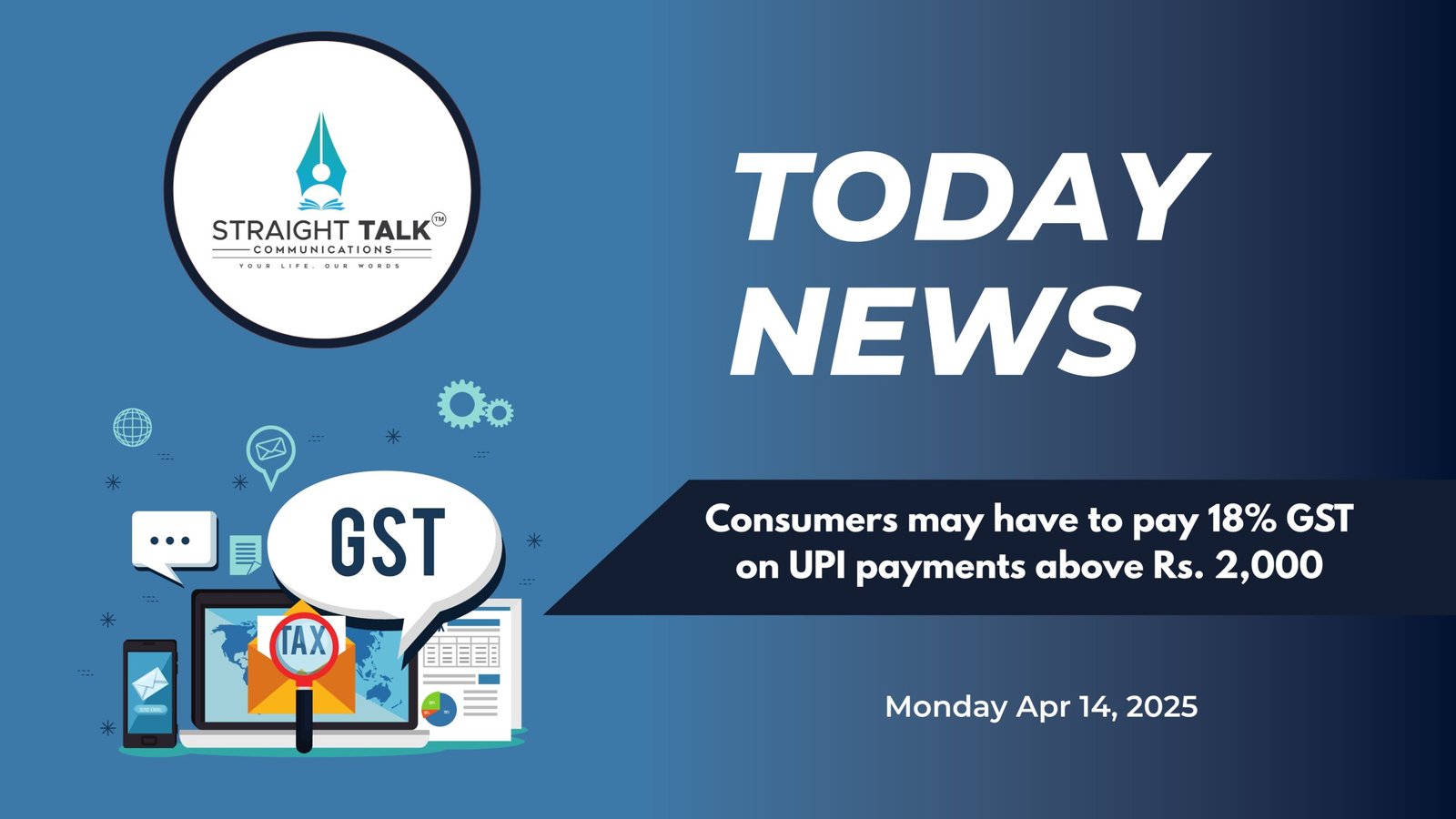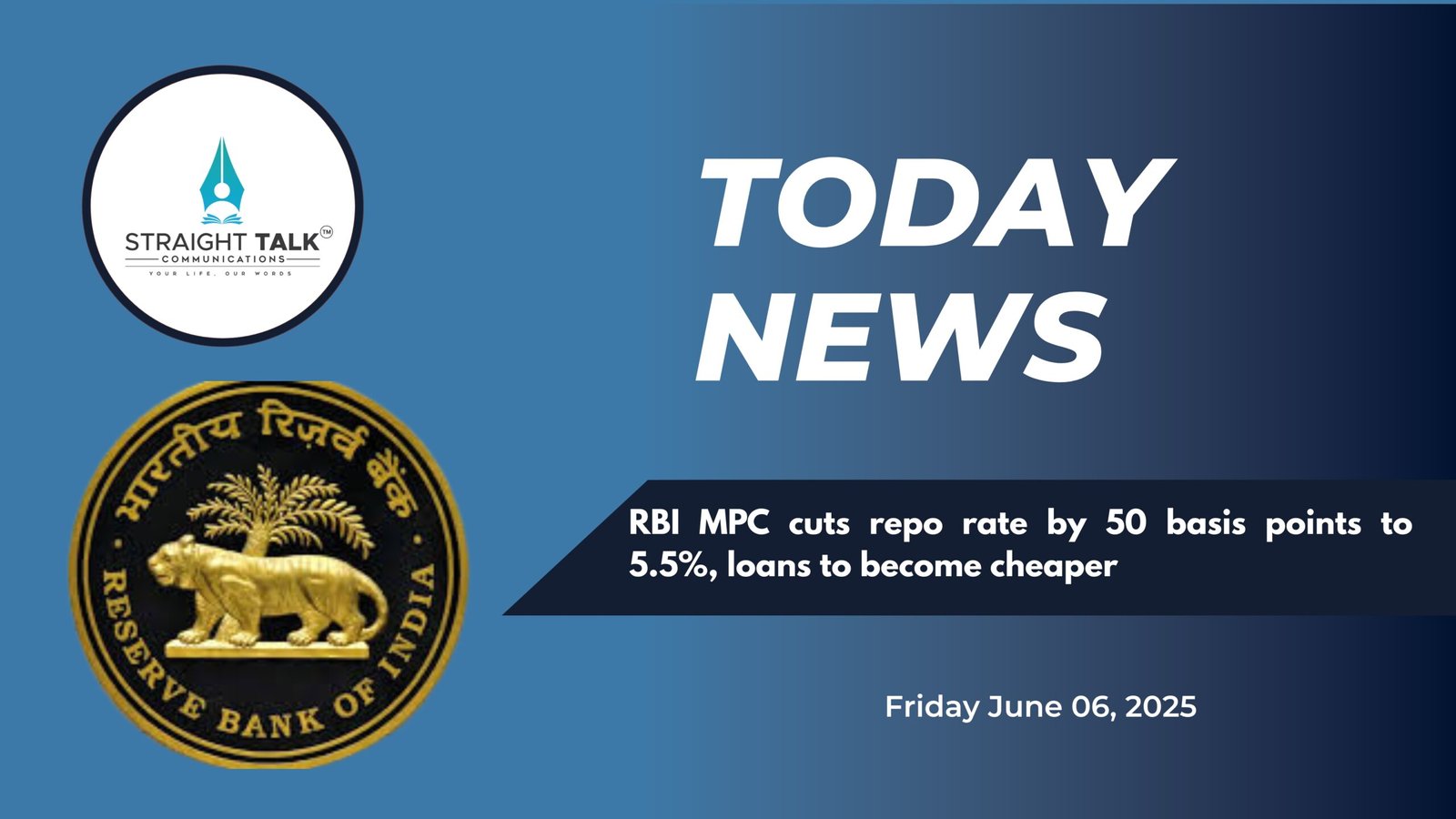Consumers may have to pay 18% GST on UPI payments above Rs. 2,000

STC NEWS MONITORING DESK
NEW DELHI, APRIL 14 (STC): New UPI GST Rule : The central government is reportedly evaluating the idea of applying Goods and Services Tax (GST) on UPI (Unified Payments Interface) payments that cross the ₹2,000 threshold in a single transaction.
The objective behind this move is to bring certain digital transactions under the formal tax framework and potentially increase GST collections, says a report.
As UPI has become a primary mode of payment for millions, this change may impact daily spending, especially for small businesses, freelancers, and middle-class families.
This GST rule could apply to both peer-to-peer and merchant transactions and the GST rate is likely to be in the range of 18% (as with most digital services). Reports indicate that implementation timelines are yet to be confirmed.
Why Is GST Being Considered on UPI Transactions?
The government is aiming to streamline tax collections across various digital services. With the rising popularity of UPI, the volume of high-value, untaxed digital transactions has increased significantly.
Reasons behind the proposed change include:
- Increased revenue generation through GST compliance
- Minimizing tax evasion in high-volume digital payments
Formalizing digital payment systems - Ensuring transparency in transactions over a certain value
Key Features of the Proposed UPI GST Rule:
If this rule is implemented, it will bring several structural and operational changes to UPI usage. Here are the core features:
- Threshold Limit: GST to apply only on transactions above ₹2,000
- Applicability: Likely to be enforced on merchants and businesses first
- Personal Transfers: Peer-to-peer transfers may remain exempt
- Payment Gateways Involved: PhonePe, Google Pay, Paytm, BHIM, etc.
- GST Rate: Tentatively set at 18%
- Platform Charges: UPI apps may pass on the GST charges to the users
- Business Transactions: Will likely see immediate impact if paid through UPI
Impact on Daily Users and Small Businesses;
This new GST guideline could bring significant changes for different user groups:
For Individuals:
- Daily use of UPI for groceries, dining, or online shopping could become costlier
- People might split payments into smaller chunks to avoid the ₹2,000 limit
- Increased awareness will be needed regarding transaction amounts and additional charges
For Small Merchants:
- Merchants receiving frequent high-value UPI payments will need to register for GST
- Compliance burden might increase for unregistered vendors and freelancers
- Might lead to price adjustments to cover the extra GST on received payments
Conclusion:
The proposed GST on UPI payments above ₹2,000 could bring a major shift in India’s digital payment ecosystem. While it aims to enhance tax collection and transparency, it could also add to the cost burden of end users and small businesses.
As the official clarity is awaited, it’s important to stay informed, understand the rules, and plan your digital spending accordingly. This rule, once confirmed, will require a change in how UPI is used – and could potentially shape the next phase of digital India.
(STC)






Great